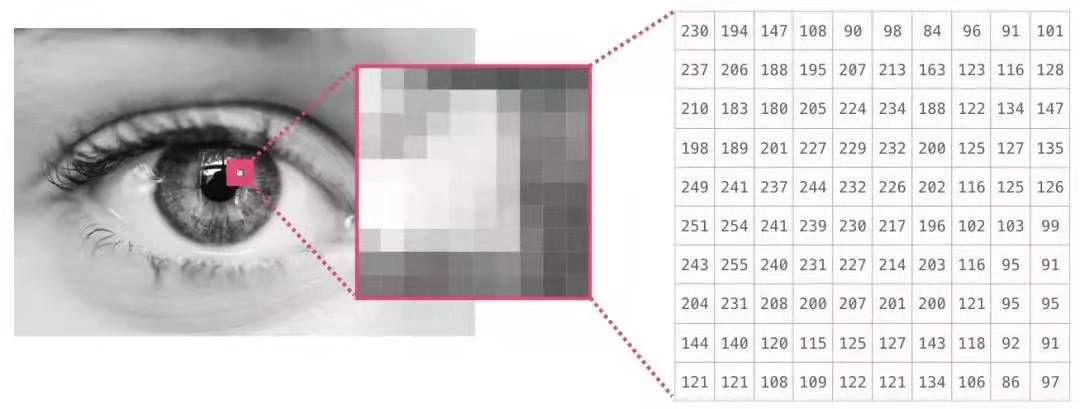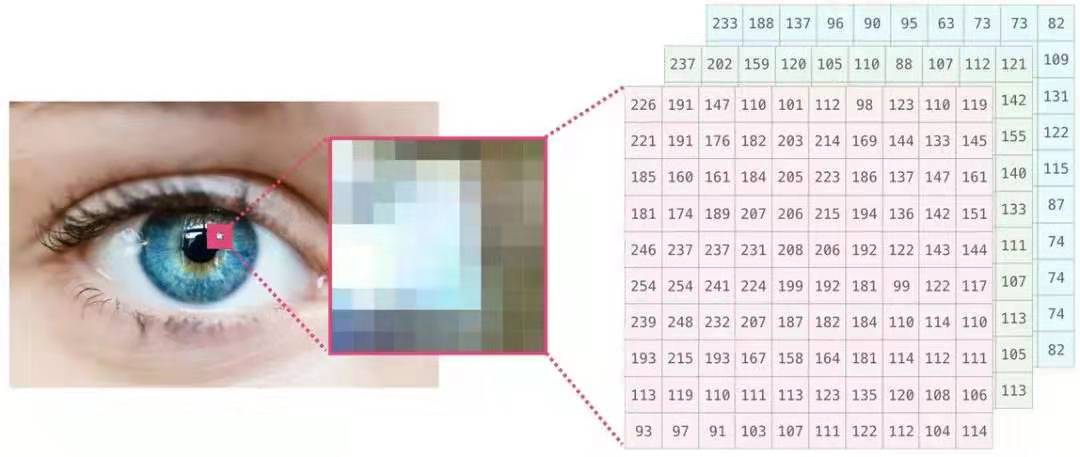- reshape 和 resize 的区别
Thereshapefunction returns its argument with a modified shape, whereas thendarray.resizemethod modifies the array itself:
>>> a
array([[ 2., 8., 0., 6.],
[ 4., 5., 1., 1.],
[ 8., 9., 3., 6.]])
>>> a.resize((2,6))
>>> a
array([[ 2., 8., 0., 6., 4., 5.],
[ 1., 1., 8., 9., 3., 6.]])
- no copy at all
>>> a = np.arange(12)
>>> b = a # no new object is created
>>> b is a # a and b are two names for the same ndarray object
True
- deep copy
Thecopymethod makes a complete copy of the array and its data.
>>> d = a.copy() # a new array object with new data is created
>>> d is a
False
>>> d.base is a # d doesn't share anything with a
False
有时,如果不再需要原始数组,应该在切片之后调用copy。例如,假设a是一个巨大的中间结果,最终的结果b只包含了a的一小部分,那么在用切片构造b时,需要进行深度复制:
>>> a = np.arange(int(1e8))
>>> b = a[:100].copy()
>>> del a # the memory of ``a`` can be released.
- Indexing with Boolean Arrays
布尔索引最常用的方法是使用与原始数组形状相同的布尔数组:
>>> a = np.arange(12).reshape(3,4)
>>> b = a > 4
>>> b # b is a boolean with a's shape
array([[False, False, False, False],
[False, True, True, True],
[ True, True, True, True]])
>>> a[b] # 1d array with the selected elements
array([ 5, 6, 7, 8, 9, 10, 11])
这个属性在赋值时非常有用:
>>> a[b] = 0 # All elements of 'a' higher than 4 become 0
>>> a
array([[0, 1, 2, 3],
[4, 0, 0, 0],
[0, 0, 0, 0]])
- 我们可以对两个不同大小的矩阵执行运算, 前提是某一个矩阵维度为 1.此时, Numpy使用广播规则执行算术运算.
- 图像
图像是尺寸(高度 × 宽度) 的像素矩阵.
如果图像是黑白(即灰度)的, 则每个像素都可以用单个数字表示(通常在0(黑色)和255(白色)之间).下面是一个图像文件的片段:

在这种情况下,我们需要一个三维数组. 因此彩色图像由尺寸为 (高 × 宽 × 3)的 ndarray 表示:
